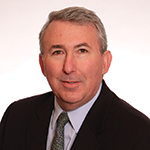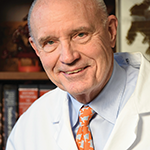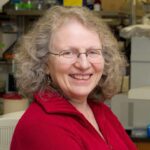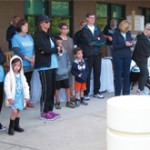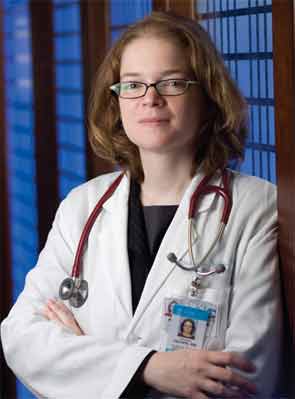
Many people—researchers included—consider osteoarthritis (OA) to be a localized condition and focus on the painful areas instead of OA’s overall effect on the body.
Not Amanda E. Nelson, MD, MSCR, assistant professor at the University of North Carolina Thurston Arthritis Research Center in Chapel Hill. While serving a research fellowship with renowned OA epidemiologist Joanne Jordan, MD, MPH, Dr. Nelson realized that the overall burden of OA needed more study.
“We were always reviewing papers and reading things like, ‘the MRI of the patient’s right knee’ or ‘the bilateral knees were assessed,’ ” Dr. Nelson recalls. “It struck me that no one was really looking at multiple-joint involvement, and there are relatively few papers even today on the topic.”
Indeed, very little research had been published in this area since the 1960s. But Dr. Nelson is making sure that changes, and a grant from the Rheumatology Research Foundation has helped.
Using data from the Johnston County Osteoarthritis Project, an ongoing community-based study of individuals with and without OA that began in 1990, Dr. Nelson set out to create a measure of OA’s overall burden throughout the body. Using radiograph images of the joints of patients involved in the project, she found four commonly affected areas that could be measured: the knuckles of the fingers, the larger knuckles on the hand, the spine, and the knees. Her hope was to create an overall score for each patient, but the research showed that the four individual scores did not correlate perfectly and could not be combined to measure overall burden.
However, Dr. Nelson’s initial research yielded interesting results in other areas related to the overall burden of OA. It showed that patient-reported symptoms of OA correlated to its overall burden through indicators such as gait.
“We’ve found that you can have osteoarthritis in your hands that is related to having slower gait speed, meaning that you walk slower and your lower extremity function is not as good,” Dr. Nelson explains. “So it does seem like, clinically, there is a burden of OA that affects a person’s function. Thinking about the whole person together and all of their osteoarthritis, rather than just focusing on a single problematic site, is probably a better way to approach clinical care.”
The Foundation funded Dr. Nelson’s early research through what was formally known as the Clinical Investigator Fellowship Award (now the Scientist Development Award). Since receiving the grant in 2010, she has authored several scientific papers and three book chapters based on her Foundation-funded research. She has also presented her work at national and international meetings.
